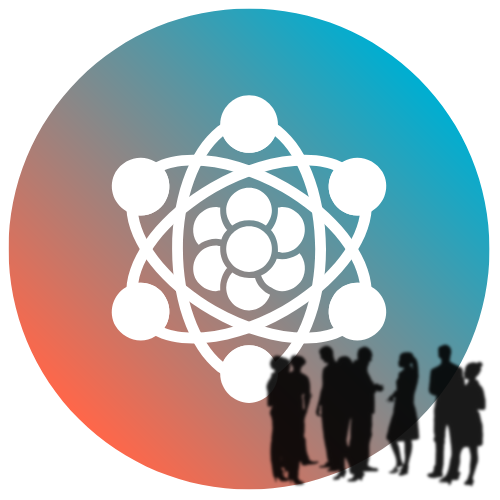Voice used to be a transaction. A customer called, someone answered, and the exchange ended when the line went dead. Today, that same moment sits inside a web of chat threads, video calls, shared files, and CRM notes. Businesses are discovering that customer experience (CX) isn’t just about friendly voices — it’s about connected ones. Unified Communications (UC) is where VoIP grows up: voice becomes one piece of a single, seamless conversation.
From standalone calls to connected experiences
In a traditional setup, each communication tool — phone, email, chat, video — lived in its own silo. A support agent could answer a call but had no visibility into the customer’s chat history or purchase record. The result: repetition, frustration, and slow resolution.
UC changes that by fusing those channels under one architecture. Whether someone starts a chat, escalates to a call, or shifts to video, the context follows them. The customer doesn’t start over, and the agent doesn’t lose the thread.
That continuity saves time, but it also builds trust. Consistency signals competence — a subtle but powerful brand differentiator in crowded markets.
What unified communications adds to VoIP
VoIP delivers the transport; UC adds the intelligence. The integration usually revolves around three layers:
- Platform convergence – VoIP, messaging, conferencing, and file sharing share a single interface. Users can move between them fluidly without switching apps.
- Data integration – Every interaction syncs with CRMs, help desks, and analytics tools, turning raw calls into actionable insights.
- Mobility and accessibility – UC lives in the cloud, so customer-facing teams stay reachable across devices and locations. The same system powers an office headset, a mobile app, and a browser-based dashboard.
These layers transform “business phone service” into a real-time collaboration network. It’s no longer just about who answers the call — it’s about how fast, how informed, and how well the business responds.
Customer experience as an ROI metric
Improving CX can sound soft until the numbers appear. Research by Deloitte and Gartner consistently links seamless communication with higher retention, repeat purchase rates, and net promoter scores.
When a customer’s issue is resolved on the first contact, loyalty increases sharply. UC systems make that possible by letting agents see the full history — every prior email, chat, and call — before saying “hello.” In sales environments, that same visibility lets reps personalize offers in real time.
On the operations side, fewer dropped calls and shorter hold times mean lower support costs. Every saved minute compounds across departments.
The collaboration dividend
The CX story doesn’t stop with external communication. Internal collaboration is its quiet twin. Unified Communications removes friction between departments: marketing hands leads to sales instantly, sales loops in support when onboarding, and leadership can review analytics without waiting for weekly reports.
Those micro-efficiencies ripple outward. A faster, more coordinated internal team delivers smoother external experiences — customers feel the alignment even if they can’t name it.
Implementation realities
The promise of UC is clear, but realizing it takes planning.
1. Integration scope – Businesses must decide how deeply to connect their UC system with other platforms. The deeper the tie-in, the greater the benefit — but also the higher the setup complexity.
2. Change management – Staff need to adapt to new workflows. A clean interface helps, but training and leadership buy-in are what sustain adoption.
3. Security and compliance – Consolidation centralizes data, making encryption, access control, and audit trails non-negotiable. Modern UC providers bake these in, but due diligence remains essential.
4. Vendor ecosystem – Interoperability still matters. Choosing systems built on open standards like SIP and APIs protects against future lock-in.
Where the field is heading
Unified Communications is merging with its cousin, Contact Center as a Service (CCaaS). The line between internal collaboration and customer engagement is fading; both depend on the same data fabric. AI is accelerating the trend. Systems can now auto-route calls based on intent, summarize conversations for CRM entry, and even flag emotional tone during interactions.
Meanwhile, mobile UC apps are erasing the boundary between office and field. For remote and hybrid teams, the phone system becomes wherever the employee is.
Future differentiation won’t come from having UC — it’ll come from how intelligently it’s implemented: personalization depth, analytics precision, and the emotional texture of the experience it enables.
The quiet bottom line
VoIP cut costs; Unified Communications creates value. It turns every customer touchpoint into an opportunity to reinforce trust and efficiency. For businesses competing on experience rather than price, UC isn’t just a technology upgrade — it’s a cultural one.
A unified conversation feels effortless to the customer. Achieving that effortlessness takes intention behind the scenes, but once it’s in place, the payoff is unmistakable: clarity on both ends of the line.

